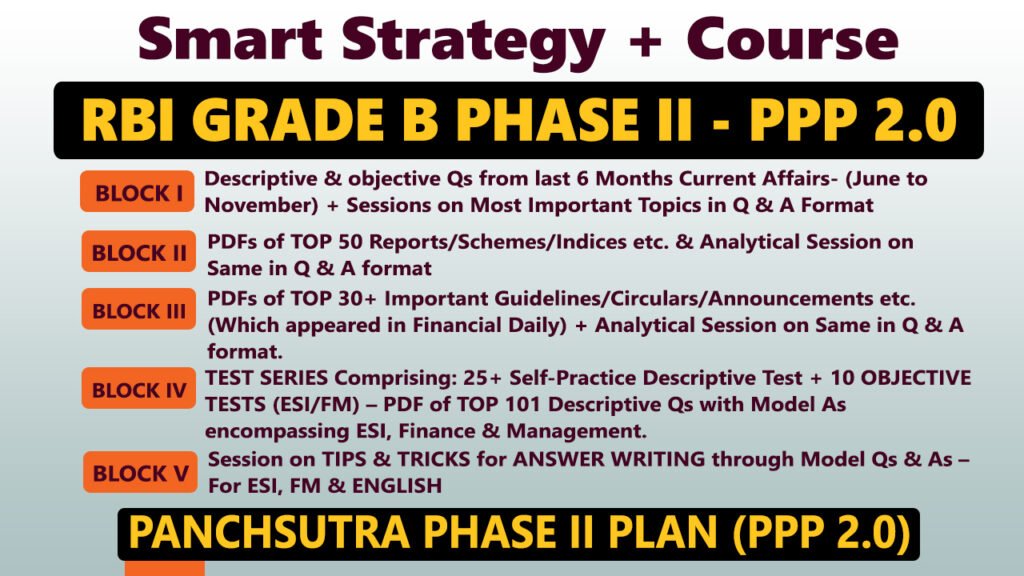Got Questions? We’ve Got Answers!
📚 Whether it’s about exams, career advice, or daily doubts, don’t hesitate—ask away!
💡 Daily Current Affairs for UPSC Quiz | Daily Quiz for UPSC
💡 Your Learning Partner Is Just a Click Away!
👉 Click here to Ask Your Question Now and get clear, reliable answers from experts.
Daily Current Affairs
13 September, 2025
1. The Gyan Bharatam Portal, launched by the Prime Minister, primarily aims at:
a) Promoting digital banking services
b) Preserving and digitising India’s manuscript heritage
c) Establishing new universities across India
d) Developing AI-based weather forecasts
e) Strengthening India’s cybersecurity
Answer: b) Preserving and digitising India’s manuscript heritage
Explanation: The Gyan Bharatam Portal serves as a digital repository of ancient manuscripts to accelerate preservation and prevent intellectual piracy, showcasing India’s knowledge legacy.
2. According to the PM, India holds the world’s largest collection of manuscripts, estimated to be around:
a) 10 lakh
b) 25 lakh
c) 50 lakh
d) 1 crore
e) 2 crore
Answer: d) 1 crore
Explanation: India is home to nearly 1 crore manuscripts covering diverse subjects like science, medicine, mathematics, philosophy, and astronomy.
3. The government’s PSB Manthan 2025 conclave set a vision for:
a) Making India’s PSBs world’s largest employers
b) At least two PSBs in world’s top 20 banks by 2047
c) Launching India’s first digital-only bank by 2027
d) Privatizing all PSBs by 2035
e) Replacing PSBs with cooperative banks
Answer: b) At least two PSBs in world’s top 20 banks by 2047
Explanation: PSB Manthan 2025 aligns with Viksit Bharat 2047 roadmap to strengthen PSBs so that at least two of them enter the top 20 global banks list by assets.
4. Under SEBI’s new IPO norms, companies with a market cap of ₹1–5 trillion must have a minimum public offer of:
a) ₹5,000 crore + 3% of post-issue market cap
b) ₹6,250 crore + 2.75% of post-issue market cap
c) ₹7,500 crore flat
d) 5% of post-issue market cap
e) No mandatory public offer
Answer: b) ₹6,250 crore + 2.75% of post-issue market cap
Explanation: SEBI mandated this minimum public offer for large companies to deepen capital markets and ensure wider public shareholding.
5. Which of the following changes was introduced regarding Anchor Investors in IPOs?
a) Reservation increased from 25% to 35%
b) Reservation increased from 33.3% to 40%
c) Reservation decreased from 40% to 30%
d) Only foreign anchor investors are now allowed
e) Anchor investors abolished completely
Answer: b) Reservation increased from 33.3% to 40%
Explanation: SEBI enhanced anchor investor reservation to 40%, with one-third exclusively reserved for domestic mutual funds, encouraging more domestic participation.
6. The SWAGAT-FI framework launched by SEBI relates to:
a) Automatic KYC verification for Indian retail investors
b) Single-window registration for Foreign Portfolio Investors (FPIs)
c) Real estate investment trust reforms
d) Mutual fund exit load management
e) Automatic settlement of family agreements
Answer: b) Single-window registration for Foreign Portfolio Investors (FPIs)
Explanation: SEBI’s SWAGAT-FI provides a simplified registration route for low-risk FPIs like sovereign wealth funds, easing compliance and boosting foreign inflows.
7. According to SEBI, Deeds of Family Settlement (DFS) must be:
a) Approved by the RBI before being valid
b) Registered only with state governments
c) Disclosed mandatorily under LODR Regulations
d) Kept private between family members
e) Filed with Income Tax Department
Answer: c) Disclosed mandatorily under LODR Regulations
Explanation: SEBI clarified that DFS agreements involving listed companies must be disclosed for transparency under LODR, though they do not bind the company legally.
8. The objective of SEBI’s new automatic window for FPI registration is to:
a) Reduce reliance on domestic investors
b) Attract more foreign capital by easing compliance
c) Abolish the role of custodians in FPI entry
d) Restrict inflows of sovereign wealth funds
e) Merge FPIs with domestic institutional investors
Answer: b) Attract more foreign capital by easing compliance
Explanation: By creating a simplified, automated process for eligible FPIs, SEBI aims to encourage foreign investments, especially after recent equity outflows.
9. Farmer Producer Organizations (FPOs) are considered vital for agtech adoption mainly because they:
a) Replace government subsidies completely
b) Provide free smartphones to all farmers
c) Enable collective bargaining, finance access, and shared infrastructure
d) Eliminate the need for banks in rural areas
e) Focus only on crop insurance schemes
Answer: c) Enable collective bargaining, finance access, and shared infrastructure
Explanation: FPOs bring farmers together, making technology adoption affordable, providing access to credit, knowledge hubs, and common facilities.
10. The Ministry of Agriculture’s AI-powered monsoon forecasts were delivered to farmers through:
a) Doordarshan Kisan TV
b) Local Panchayat offices
c) m-Kisan SMS platform
d) Agri mobile apps only
e) Radio broadcast exclusively
Answer: c) m-Kisan SMS platform
Explanation: AI-based monsoon forecasts integrating Google and ECMWF models were sent to 3.8 crore farmers via the m-Kisan SMS system for region-specific guidance.



















